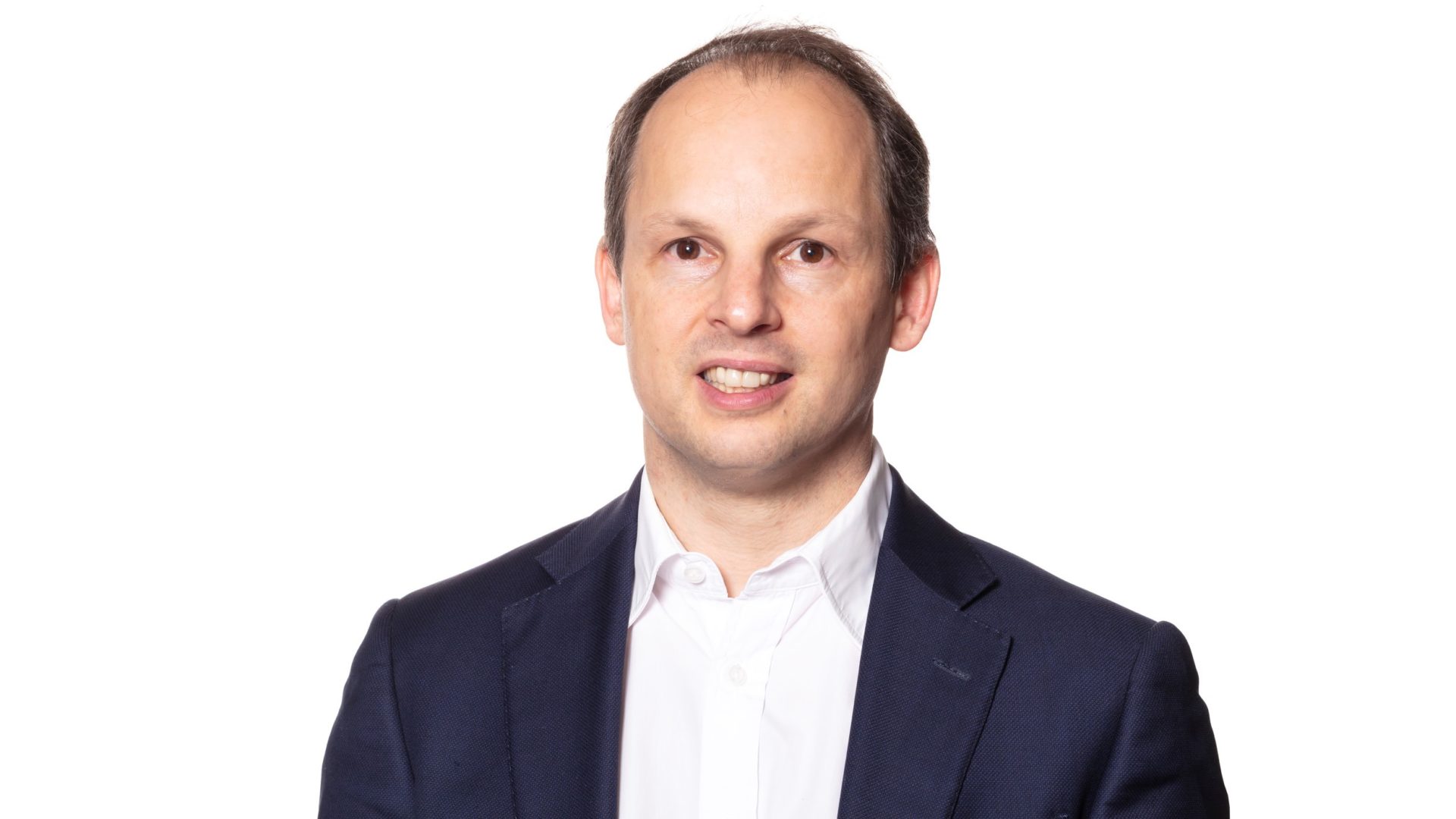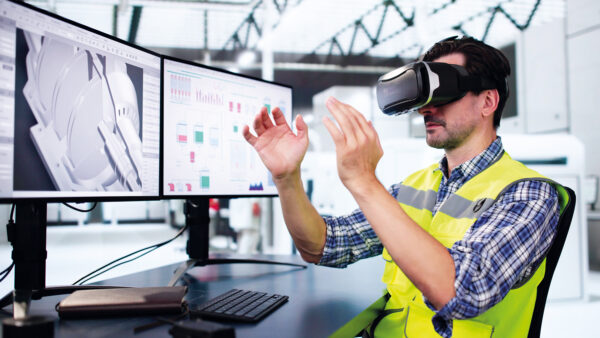
Bekir Andrews, environmental sustainability director at Wates Group, explains how he is preparing for a net zero future in his professional and personal life.
How do you rate the construction industry’s progress on environmental issues so far?
Construction is one of the most resource-intensive industries, with building construction and operations responsible for the largest share of final energy use (36%) and energy-related CO2 emissions (39%) globally. Although the industry has modernised significantly in recent years, it is clear we still have a long way to go.
In 2018, activities from construction, demolition and excavation generated 62% of the UK’s total waste, amounting to 138 million tonnes. Whilst approximately 92% of all construction and demolition waste is recovered, greater innovation is needed to drive circular approaches to save valuable resources, reduce emissions, and protect the natural environment.
Rather than demolishing buildings and constructing new ones, there is a growing trend to refurbish and retrofit buildings, and this is a critical step. If as an industry we are to support the government in reaching its net zero target, we have to think about improving our existing building stock.
Achieving the government’s ambitions for net-zero carbon housing by 2050 will require three homes being retrofitted with energy efficient improvements every minute. It is a big challenge, but the benefits could be huge. The government’s Future Homes and Buildings Standard, which will come into play in 2025, will help raise energy efficiency standards and build on the latest changes to Part L of the Building Regulations that come into force in June 2022.
What are the most effective measures your company has taken to reduce emissions?
At Wates, there are four key approaches that we are taking to reduce emissions:
- We are working with our customers and supply chain partners to develop more energy-efficient buildings. For example, various sites at our Cardiff Living project with Cardiff Council are being built to passivhaus standards, and we are working with the Department for Education to deliver some of the UK’s first net zero schools using modern methods of construction. Both projects will significantly reduce carbon emissions for the end user.
- We are supporting customers to improve the energy efficiency of existing domestic and non-domestic buildings by retrofitting these with the latest carbon-saving solutions and taking a fabric first approach. In collaboration with Energy Specifics, we are delivering a zero-carbon retrofitting service for social housing landlords. This includes a feasibility service, installing measures to pilot properties, large scale installation projects and ongoing monitoring
- We are collaborating with our supply chain partners to reduce emissions from our own operations, for example using more efficient plant and vehicles, as well as improving the energy efficiency of our own offices and operations.
- We are connecting decision-makers with the latest sustainable innovations through our Wates Innovation Network (WIN) portal. A shocking 95% of these products never get considered because key decision-makers are not aware of them, and suppliers don’t have access to the right people. Our in-house experts assess the viability of innovations and connect our customers with the solutions to accelerate the take-up of technologies that will support us on our journey towards a zero-carbon future.
What drives you to deliver better environmental performance/lower emissions?
Climate change is already causing devastation around the world, with most climate scenarios looking bleak. We have very little time left to reduce emissions and get on a pathway to keeping global temperature rises below 1.5oC, as required by the Glasgow Climate Pact, and in the short term we need to halve our emissions by 2030.
“Achieving the government’s ambitions for net-zero carbon housing by 2050 will require three homes being retrofitted with energy efficient improvements every minute.”
This cannot be done in isolation. However, collaborating with customers, designers, colleagues and supply chain partners to deliver innovative solutions that can be deployed at scale, will allow us to create a more sustainable environment for everyone. This is what drives and motivates me.
What advice do you have to your fellow construction professionals to help them reach their net zero goals?
One of the hardest parts of the journey to net zero is the sheer scale of data collection required, especially for Scope 3 emissions. This is particularly challenging for our sector, where every job is different and has its own supply chain.
My advice therefore would be to start the journey by using an Environmentally Extended Input-Output model and to use spend data to quantify the carbon emissions associated with the products and services the organisation has procured. I would then recommend working with key suppliers to start phasing in actual data to replace modelled data over time, eventually re-baselining emissions. It is by working through data with suppliers that organisations can create the platform to identify opportunities to reduce emissions and drive continual improvement.
Ultimately, I would say, get close to your carbon data, identify your carbon hotspots, collaborate, engage your supply chain, and trial solutions. All of this will give you better – and more – insights and enable you to make informed decisions to drive solutions at scale.
What have you done in your personal life to cut emissions?
I have retrofitted my own house using roof, floor and internal wall insulation, as well as installing double and triple glazing, changing my front door (it no longer has a letter box), fitting a voltage optimiser, installing solar PV, investing in energy efficient appliances and switching all my lighting to LEDs. I also have a super-efficient boiler and good heating controls, but I am considering switching to an air source heat pump system in the future. If I extend my PV system, I might also invest in a battery.
Beyond this, I try to be as environmentally conscious as possible in other aspects of my life too, be that through purchasing renewables, investing ethically, or eating a vegetarian diet. I use public transport as much as I can, and I cycle to work.
Who is your eco-hero?
For me, it has got to be David Attenborough for raising environmental awareness across generations and countries alike. His documentaries were a key influence on me when I was growing up and still are.
What eco innovation have you seen that really excites you?
Where do I start! When it comes to homes, the development of integrated smart technology, such as the SeroLife system that we are deploying on our Eastern High project in Cardiff, is phenomenal. The system integrates onsite generation, battery management, grid capacity, ventilation, heat pumps, EV charging and much more. It is this ability to use data to make the right decisions and drive low-carbon outcomes that really excites me. There are also fantastic advances being made in areas such as PV, micro-inverters, batteries, and offsite manufacturing.
“Ultimately, I would say, get close to your carbon data, identify your carbon hotspots, collaborate, engage your supply chain, and trial solutions.”
Whilst significant strides are being made in the automotive sector to electrify cars and increase their range, I am also excited by the improvements that are being made in EV charging infrastructure. These include the new 350kW high power EV chargers that we are starting to see installed, which will be game changers, providing your vehicle can handle it.
For construction plant, the focus to date has largely been on smaller machinery such as electric mini-diggers, dumpers and telehandlers. Although hybrid solutions do exist for medium-sized machinery like excavators there has been little progress on heavy equipment. We are, however, starting to see some innovative solutions come to market, including electric crawler cranes and piling rigs.
I also believe that with the right NOx abatement technology green hydrogen will play a key role and some of the recent solutions that are coming to market offer significant potential, provided they can be manufactured at scale to ensure they are cost effective. It is only a matter of time until the plant manufacturers will be asked to stop making traditional combustion engines.
What’s the best advice on reducing carbon you’ve received?
Follow the data. Seriously. While you might think you know what the solution is, the data might suggest something else entirely – and often that is a solution that is a lot easier to implement or that leads to better outcomes in the long-run.










